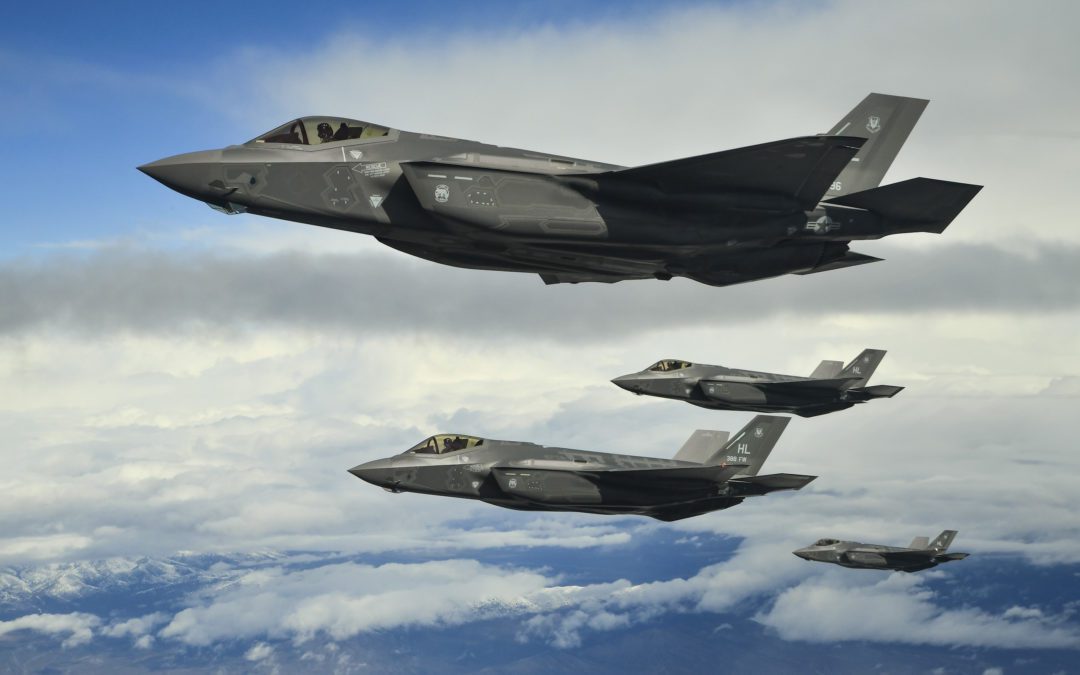Did you know the F-35 is proven in combat with six services having employed the aircraft in combat operations or NATO missions? Highlighted below are some of the ways the F-35 is delivering impressive results for the warfighter today.
- The U.S. Air Force’s 34th Fighter Generation Squadron recently completed exercise Red Flag 21-1 without losing a single F-35A sortie to a maintenance issue.
- The U.S. Air Force also recently flew F-35As more than 4,700 miles from Alaska – from negative 30 to 85 degrees Fahrenheit – to Guam for exercise Cope North 2021, where F-35s conducted Agile Combat Employment training on an austere airfield.
- The U.S. Air Force deployed the F-35 to the U.S. Central Command area of responsibility for 18 consecutive months and the jet delivered operationally: 42 jets, 1,100 airmen, 1,319 sorties, 352 total weapons dropped and 3,774 25MM rounds expended.
- The Royal Norwegian Air Force fighter detachment has wrapped up the second deployment of the F-35 fighter aircraft to executed NATO’s Air Policing mission in Iceland.
The Power of Partnership
The results above are possible because of the global community dedicated to the success of the most lethal, survivable and connected fighter jet in the world. The F-35 is developed, produced and supported by an international team of government allies and aerospace industry leaders.
The global F-35 program brings together the best and brightest aerospace and defense minds to deliver the world’s most advanced 5th Generation multi-role fighter jet.
- F-35 partner companies Lockheed Martin, Pratt & Whitney, BAE Systems and Northrop Grumman work with a global supply chain of more than 1,900 companies based in the U.S. and in every nation acquiring the F-35.
- Suppliers in all nine F-35 partner countries are producing F-35 components for all F-35s, not just aircraft for their own country. In addition to Lockheed Martin’s F-35 production line in Fort Worth, Texas, there are two Final Assembly and Check Out (FACO) facilities outside the U.S. – in Cameri, Italy; and Nagoya, Japan.
- This delivers high-tech jobs, indigenous skills, and future industrial opportunities to companies around the world – large and small.


